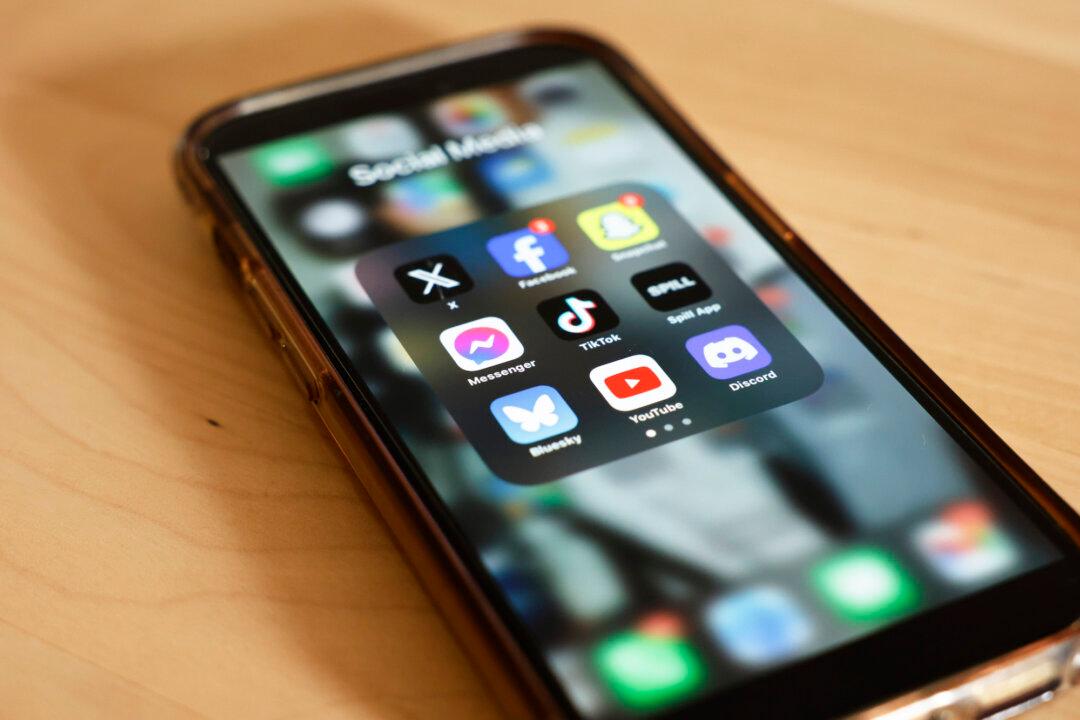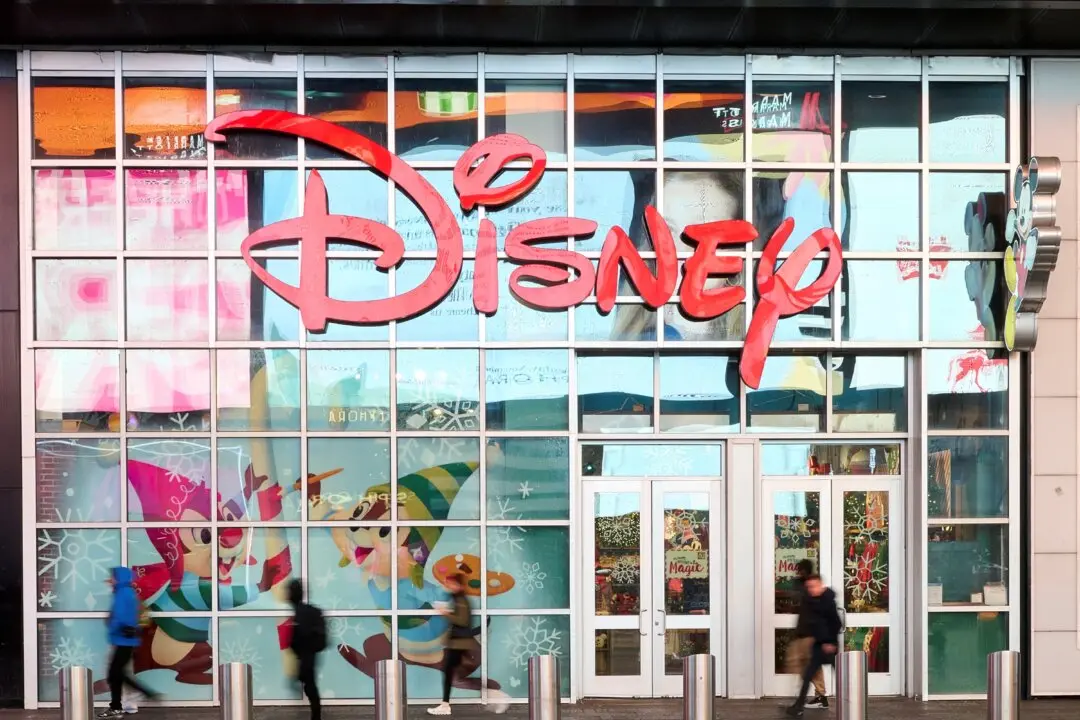As more states and school districts consider restricting students’ cellphone use, a new survey suggests that public opinion on the issue is more nuanced than it may seem.
The findings, published on Oct. 14 by the Pew Research Center, reveal that while banning cellphones entirely throughout the school day is unpopular with the general public—especially among younger adults, there is strong support for keeping students off their devices during class time.





